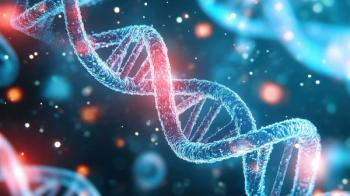
Advancements & Challenges in Muscular Dystrophy Treatment
Panelists discuss how recent advancements in muscular dystrophy treatment have evolved toward truly disease-modifying therapies using gene replacement, antisense oligonucleotides, and gene transfer technologies, while highlighting the ongoing challenges of identifying at-risk populations and collecting comprehensive safety and efficacy data.
Episodes in this series

Advancements and Challenges in Muscular Dystrophy Treatment
The field of muscular dystrophy treatment has reached a transformative milestone where clinicians are now focusing on truly disease-modifying therapies rather than merely symptom management. The primary focus has shifted toward gene replacement and restoration of gene expression for conditions like Duchenne muscular dystrophy and spinal muscular atrophy (SMA). Three key therapeutic strategies are leading this revolution: antisense oligonucleotides, siRNA, and gene transfer therapy. These approaches have shown particular promise initially with SMA and are now demonstrating significant potential for Duchenne muscular dystrophy, with applications expanding to other genetic neuromuscular diseases.
Current research efforts are concentrating on comprehensive data collection from multiple sources to advance the field. Clinical trials are providing valuable efficacy data from patients receiving these investigational therapies, while parallel efforts focus on gathering natural history data to better understand the natural progression of these diseases. This dual approach is essential for developing treatment strategies for other genetic conditions that may benefit from similar therapeutic technologies. The emphasis on natural history studies reflects the field’s commitment to establishing robust baselines for measuring treatment success.
Despite these advances, significant challenges remain in optimizing patient care and safety. A major concern involves identifying patient populations at increased risk for adverse events or adverse effects associated with these novel treatments. The field is actively working to balance efficacy data with comprehensive safety profiles to ensure optimal patient outcomes. The integration of efficacy, natural history, and safety data represents the current focus of major medical conferences and research initiatives, highlighting the field’s commitment to developing truly disease-modifying treatments that address the underlying pathophysiology rather than just managing symptoms.
Newsletter
Stay ahead of policy, cost, and value—subscribe to AJMC for expert insights at the intersection of clinical care and health economics.













































